Fireplace Vent Outside

Table of Contents
Fireplace Vent Outside: A Comprehensive Guide to Installation, Maintenance, and Safety
A properly functioning fireplace vent is crucial for the safety and efficiency of your fireplace. This comprehensive guide covers everything you need to know about exterior fireplace vents, from installation and maintenance to safety considerations. Understanding your fireplace vent's role in safely venting combustion byproducts is paramount.
Understanding Your Fireplace Vent
Your fireplace vent, also known as a chimney, is the crucial pathway that safely removes combustion byproducts, like smoke and carbon monoxide, from your home. These byproducts are dangerous and can be deadly if allowed to build up inside your living space. The exterior vent – the part visible outside your home – is the terminal point of this system. Its design and placement are critical for effective and safe operation.
Types of Exterior Fireplace Vents
Several types of exterior fireplace vents exist, each with its own advantages and disadvantages:
- Metal Vents: These are the most common, typically made of stainless steel or galvanized steel. Stainless steel is generally preferred for its durability and resistance to corrosion.
- Clay Tile Vents: Traditional and aesthetically pleasing, but can be more fragile and prone to damage. They also require more frequent maintenance.
- Brick Vents: Often incorporated into the overall chimney design, offering excellent durability but requiring specialized construction.
The best type for your home will depend on factors like your budget, the style of your home, and local building codes. Always consult with a qualified professional to determine the most appropriate vent type for your specific situation.
Fireplace Vent Installation: A Critical Process
Installing a fireplace vent correctly is paramount for safety and efficiency. Improper installation can lead to dangerous carbon monoxide leaks, chimney fires, and inefficient heating. This is a job best left to professionals. Attempting a DIY installation without proper expertise can be risky and may void your insurance.
Key Aspects of Professional Installation:
- Proper Sizing: The vent diameter must be correctly sized for your fireplace's BTU output to ensure adequate airflow. An undersized vent can lead to dangerous buildup of smoke and gases.
- Secure Mounting: The vent must be securely fastened to prevent it from becoming loose or detached. Loose vents can lead to damage and safety hazards.
- Correct Termination: The vent's termination point – the top of the vent – must extend a sufficient height above the roofline to ensure proper draft and prevent downdrafts.
- Proper Flashing: Flashing is crucial to prevent water from entering the chimney and causing damage. It creates a watertight seal between the chimney and the roof.
- Local Building Codes Compliance: Installation must adhere to all relevant local building codes and regulations.
Fireplace Vent Maintenance: Ensuring Safety and Longevity
Regular maintenance is key to keeping your fireplace vent in top condition and preventing issues. Neglecting maintenance can lead to decreased efficiency, safety hazards, and costly repairs.
Essential Maintenance Tasks:
- Annual Inspection: A professional chimney sweep should inspect your chimney annually. They'll check for blockages, cracks, and other potential problems.
- Creosote Removal: Creosote is a highly flammable byproduct of wood burning that builds up inside the chimney. Regular removal is critical to prevent chimney fires.
- Exterior Vent Cleaning: Inspect the exterior vent for damage, debris, and bird nests. Clear any obstructions.
- Flashing Inspection: Check the flashing around the chimney to ensure it's intact and preventing water damage.
Safety Precautions: Prioritizing Your Well-being
Fireplace safety should be a top priority. Here are some key safety precautions:
- Carbon Monoxide Detectors: Install and regularly test carbon monoxide detectors in your home.
- Proper Ventilation: Ensure adequate ventilation in the room where the fireplace is located.
- Never Burn Improper Materials: Only burn seasoned hardwood in your fireplace. Never burn trash, plastics, or other hazardous materials.
- Supervise Children and Pets: Keep children and pets away from the fireplace when it's in use.
Ignoring these precautions can put your family’s safety at risk. Proper maintenance and adherence to safety measures are critical components in maintaining a safe and efficient fireplace system.
Choosing the Right Professional
Selecting a qualified and reputable chimney sweep or installer is critical. Look for professionals with certifications and positive reviews. Don't hesitate to ask questions about their experience and qualifications. A properly maintained and professionally installed fireplace vent is an investment in your home's safety and longevity. Remember, preventative measures are far more cost-effective than emergency repairs.
Keywords: fireplace vent outside, exterior fireplace vent, chimney vent, chimney maintenance, fireplace safety, carbon monoxide, creosote removal, chimney inspection, chimney installation, stainless steel vent, clay tile vent, brick vent, fireplace vent cleaning, building codes, professional chimney sweep.

Thank you for visiting our website wich cover about Fireplace Vent Outside. We hope the information provided has been useful to you. Feel free to contact us if you have any questions or need further assistance. See you next time and dont miss to bookmark.
Featured Posts
-
Lively Reynolds Face 400 M Lawsuit From Baldoni
Jan 18, 2025
-
Woodstove Fireplace Glass
Jan 18, 2025
-
Bathroom Sink With Mirror
Jan 18, 2025
-
Exploring Bob Dylans Greatest Hits
Jan 18, 2025
-
Ac Unit Closet Door
Jan 18, 2025